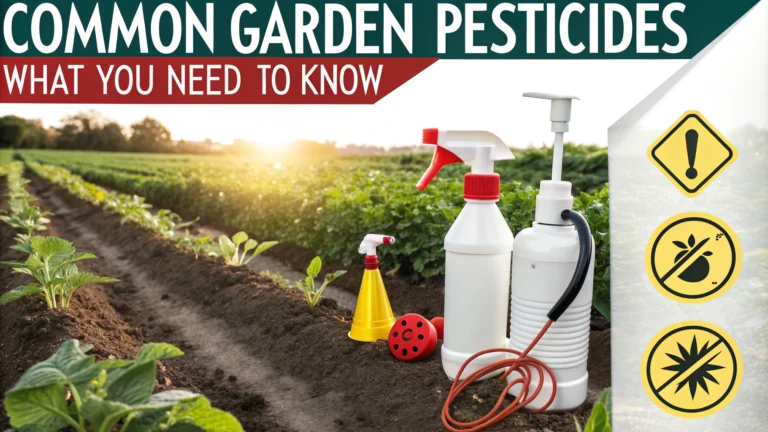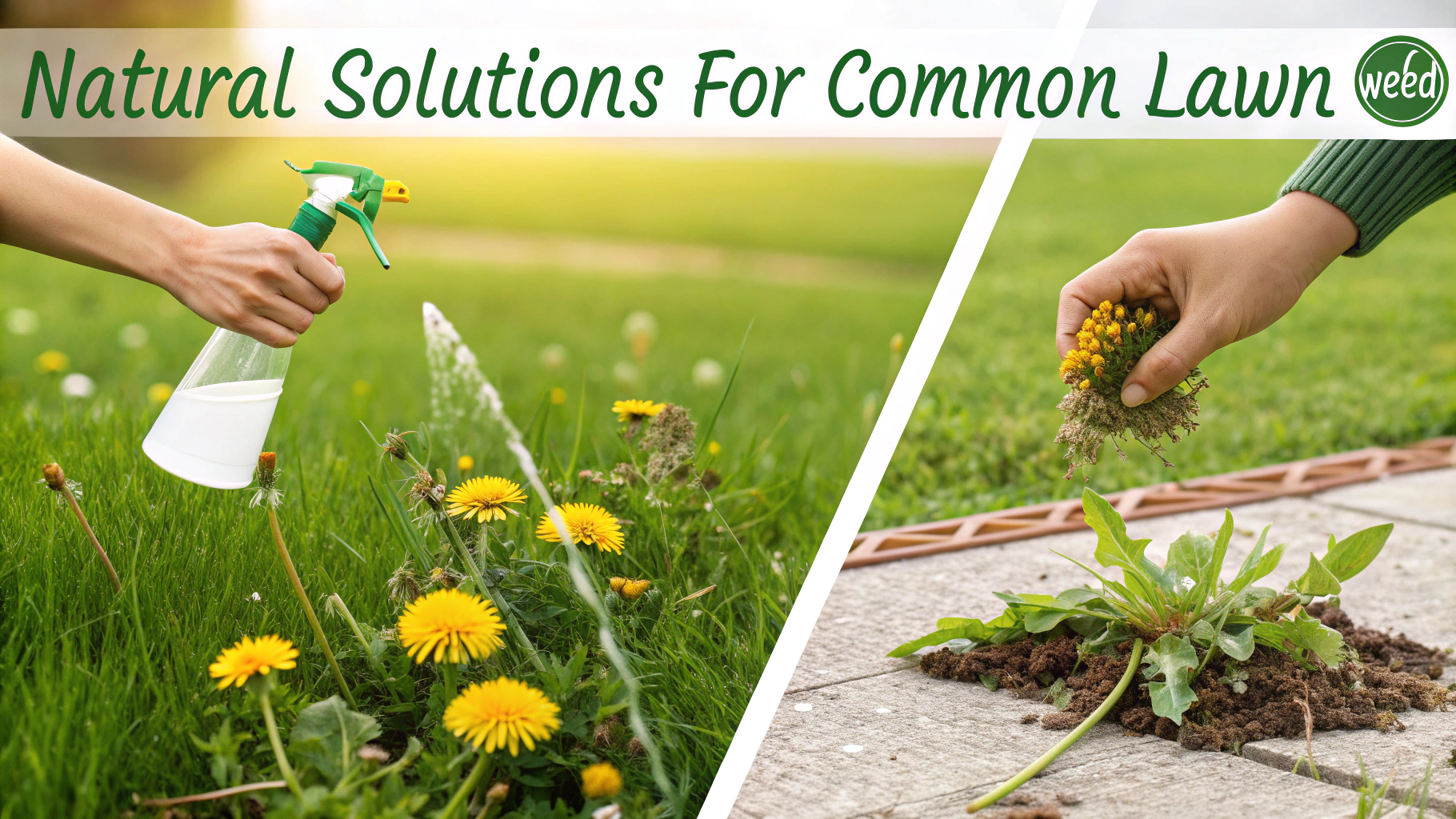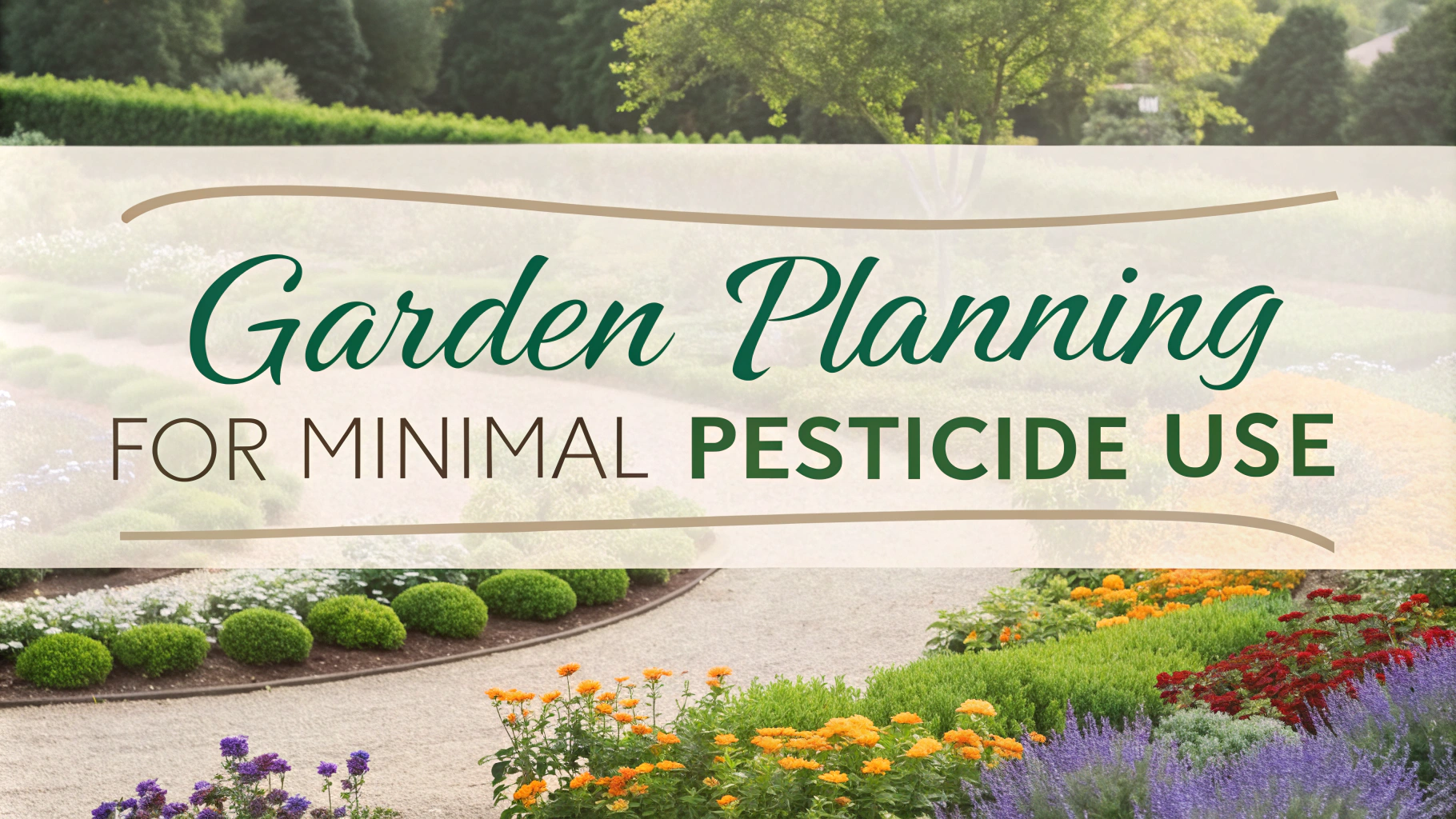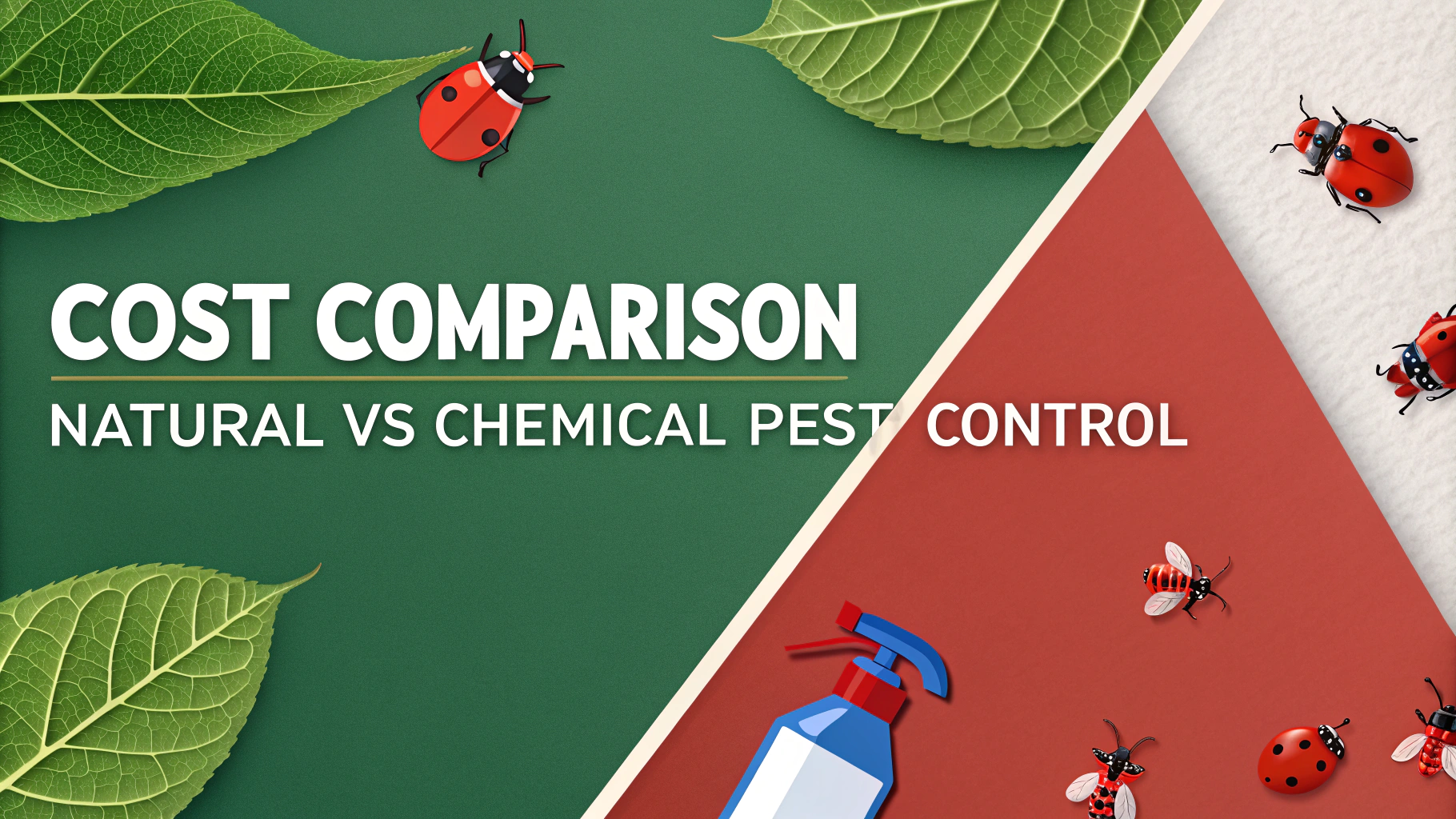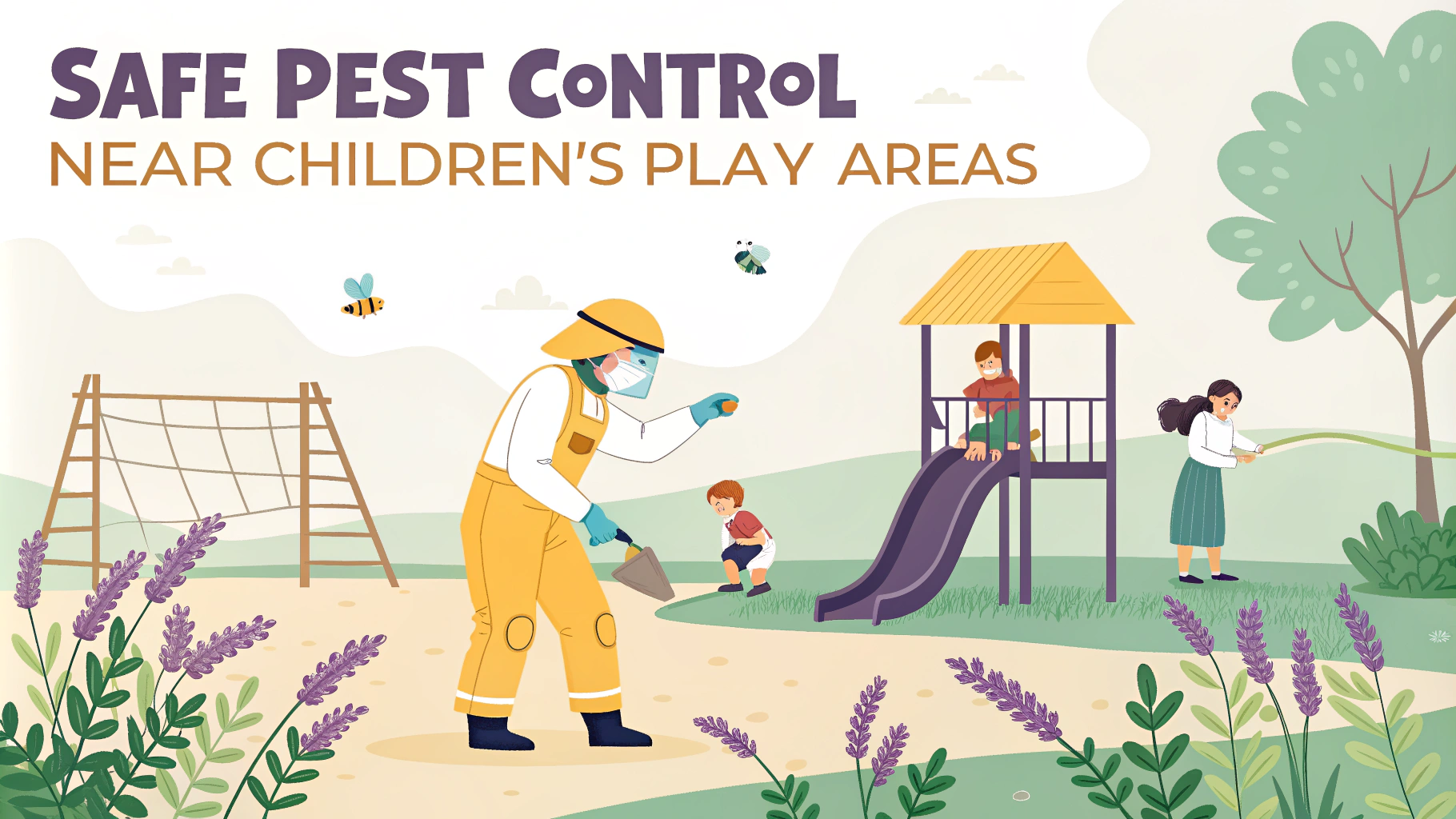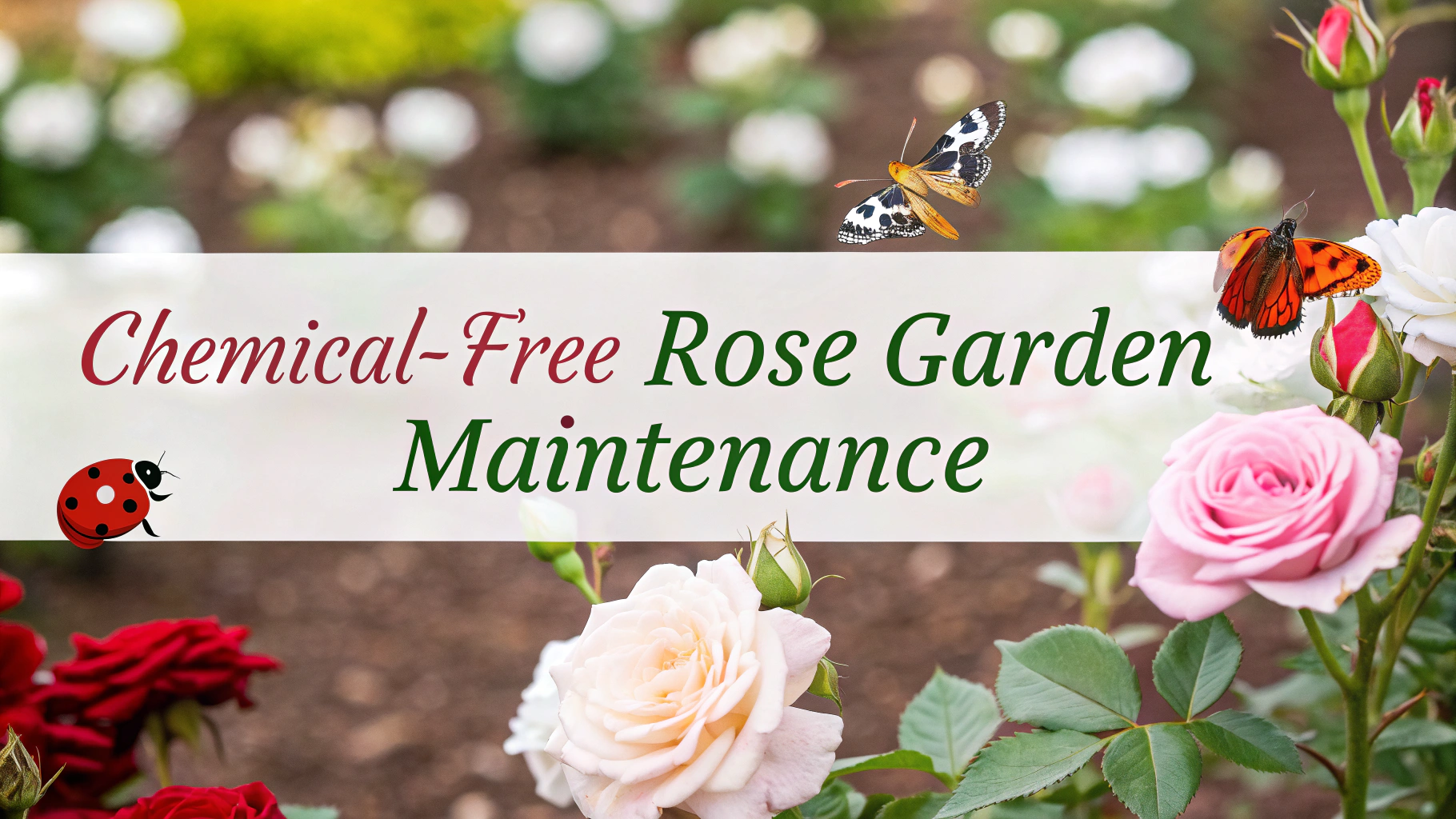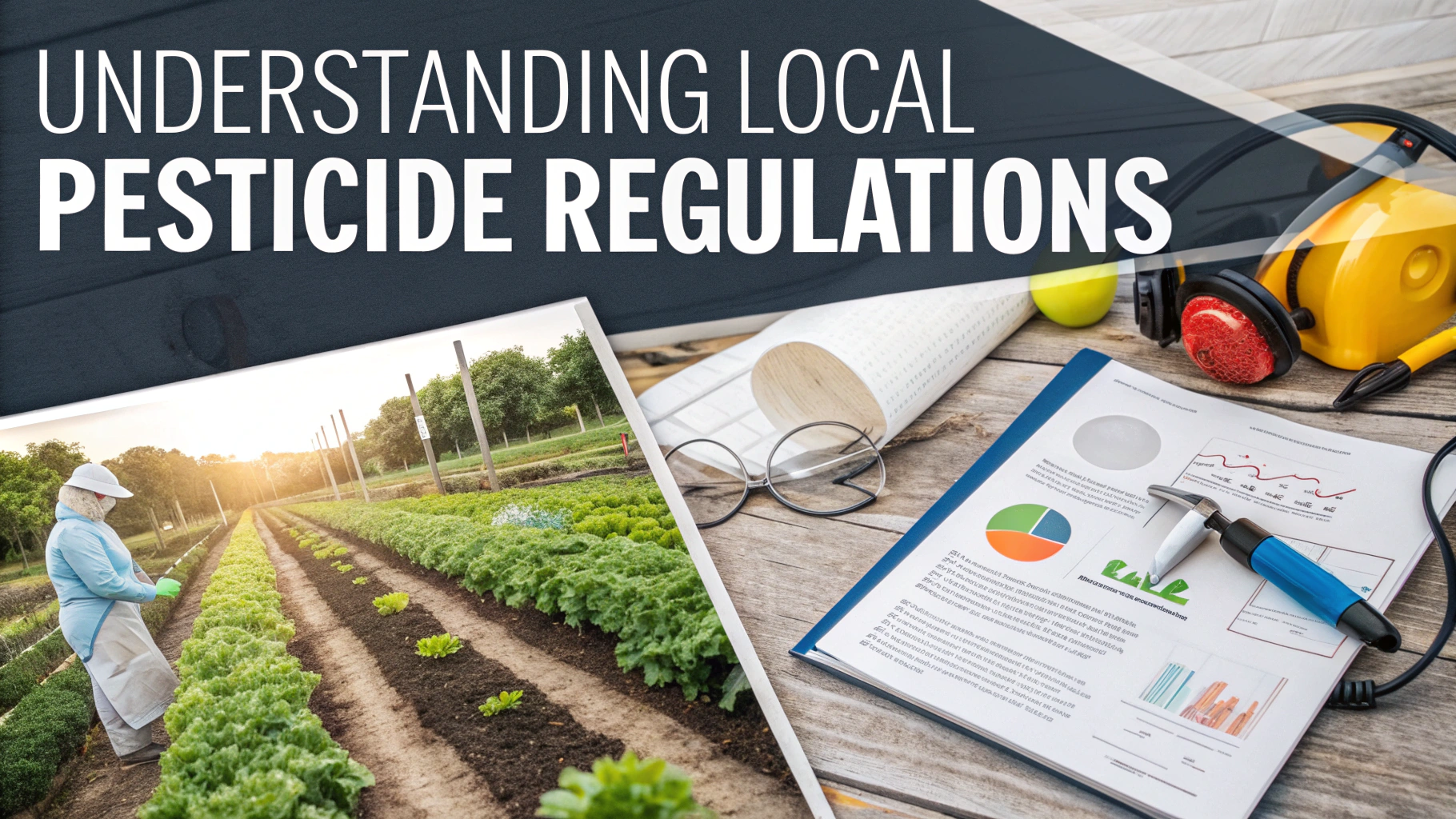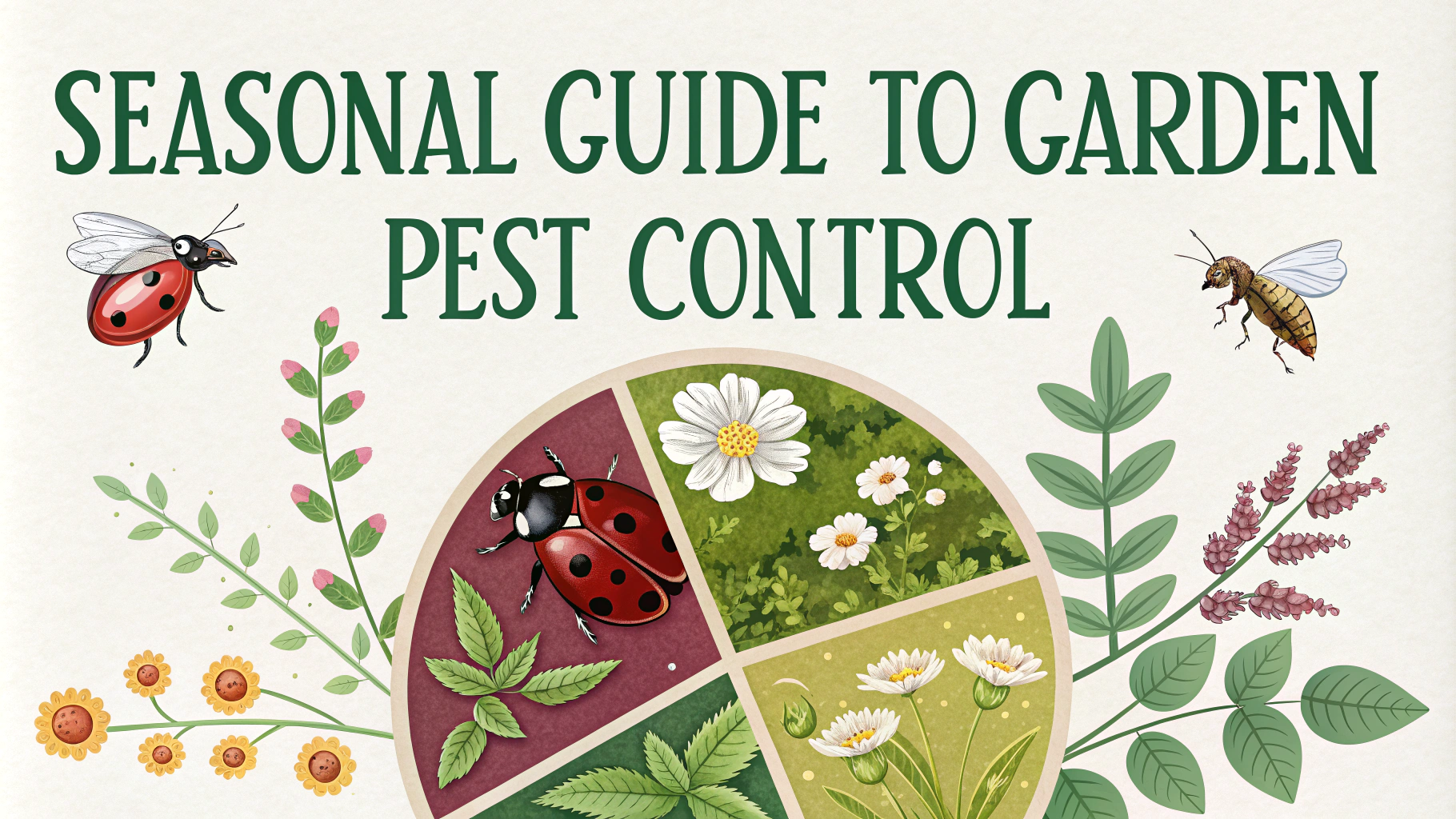Garden pesticides help protect plants from harmful insects and diseases, but they require careful handling and proper understanding to use safely.
Common Types of Garden Pesticides
- Insecticides: Target insects like aphids, beetles, and caterpillars
- Fungicides: Control fungal diseases and mold
- Herbicides: Eliminate unwanted weeds and plants
- Miticides: Specifically target spider mites and related pests
Safety First: Essential Protective Equipment
- Chemical-resistant gloves
- Long-sleeved shirt and long pants
- Protective eyewear
- N95 mask or respirator
- Closed-toe shoes
Natural Alternatives to Chemical Pesticides
- Neem oil spray for general pest control
- Diatomaceous earth for crawling insects
- Garlic and hot pepper spray for soft-bodied pests
- Beneficial insects like ladybugs and praying mantises
Application Tips
Always read the product label thoroughly before use.
Apply pesticides during calm weather to prevent drift.
Keep children and pets away from treated areas for the recommended time period.
Store pesticides in their original containers in a locked cabinet.
Emergency Contacts
National Poison Control Center: 1-800-222-1222 (available 24/7)
National Pesticide Information Center: 1-800-858-7378 (Mon-Fri, 8:00AM-12:00PM PT)
Environmental Considerations
- Avoid applying near water sources
- Don’t spray when rain is forecasted within 24 hours
- Consider spot-treating instead of broad application
- Protect pollinator insects by not spraying flowering plants
Proper Disposal
Contact your local waste management facility for proper pesticide disposal guidelines.
Never pour pesticides down drains or into water sources.
Triple-rinse empty containers before disposal according to local regulations.
| Pest Problem | Natural Solution | Chemical Solution |
|---|---|---|
| Aphids | Insecticidal soap | Pyrethrin-based spray |
| Fungal Disease | Baking soda solution | Copper fungicide |
| Weeds | Vinegar solution | Glyphosate |
Storage Guidelines
- Keep pesticides in their original containers
- Store in a cool, dry, well-ventilated area
- Use childproof locks on storage cabinets
- Keep pesticides separate from fertilizers and seeds
- Check regularly for leaks or damaged containers
When to Avoid Pesticide Use
- During high winds or extreme temperatures
- When beneficial insects are active
- Near edible plants close to harvest
- In areas with high foot traffic
Record Keeping
Maintain a log of:
- Application dates and times
- Products used and quantities
- Weather conditions during application
- Target pests and effectiveness
Conclusion
Safe pesticide use requires careful attention to proper handling, application, and disposal procedures. While chemical pesticides can effectively control garden pests, natural alternatives often provide safer, environmentally friendly solutions. Always prioritize safety measures and consider integrated pest management strategies that combine multiple control methods.
Responsible pesticide use not only protects your garden but also safeguards human health, beneficial insects, and the environment. When in doubt, consult local agricultural extension services or professional pest control experts for guidance.
FAQs
- What are the most common types of garden pesticides available for home use?
The most common types include insecticidal soaps, pyrethrin-based sprays, neem oil, Bacillus thuringiensis (Bt), horticultural oils, and carbaryl-based products. - How long should I wait to harvest vegetables after applying pesticides?
The waiting period (pre-harvest interval) varies by product, typically ranging from 1 to 14 days. Always check the product label for specific instructions as some may require longer waiting periods. - Are organic pesticides safer than synthetic ones?
While organic pesticides are derived from natural sources, they can still be toxic. They generally break down faster than synthetic pesticides but should be used with equal caution and according to label instructions. - What protective gear should I wear when applying garden pesticides?
Wear long sleeves, long pants, closed-toe shoes, chemical-resistant gloves, eye protection, and a mask or respirator when applying pesticides. Wash all clothing separately afterward. - How do I safely store garden pesticides?
Store pesticides in their original containers in a locked, well-ventilated area away from food, children, and pets. Keep them at temperatures between 40-90°F and never in direct sunlight. - What weather conditions are best for applying pesticides?
Apply pesticides on calm days (wind under 10 mph) when rain isn’t expected for at least 24 hours. The ideal temperature is between 50-85°F for most products. - How do I dispose of unused pesticides properly?
Never pour pesticides down drains or on the ground. Contact your local waste management facility for proper disposal methods or attend household hazardous waste collection events. - Can pesticides harm beneficial insects like bees and butterflies?
Yes, many pesticides can harm beneficial insects. Apply pesticides in the evening when pollinators are less active, and avoid spraying open blooms to minimize impact on beneficial insects. - How often should I reapply garden pesticides?
Frequency depends on the specific product, pest pressure, and weather conditions. Check the product label for recommended application intervals, but avoid overuse to prevent pest resistance. - What is pesticide resistance and how can I prevent it?
Pesticide resistance occurs when pests develop immunity to certain chemicals. Prevent it by rotating between different types of pesticides, using integrated pest management strategies, and avoiding overuse of any single product.
